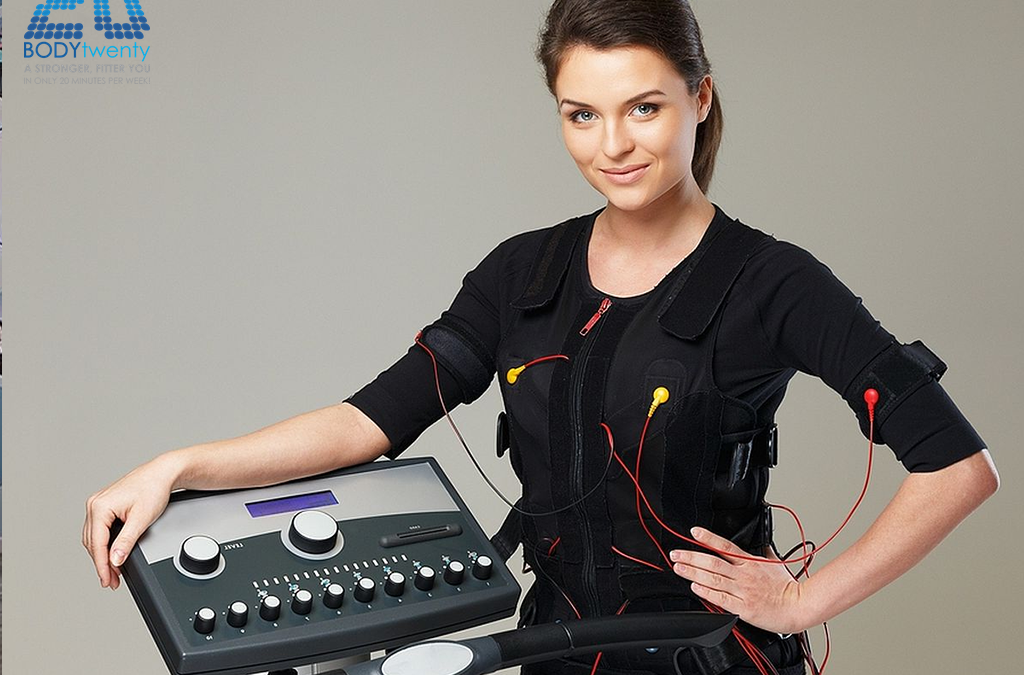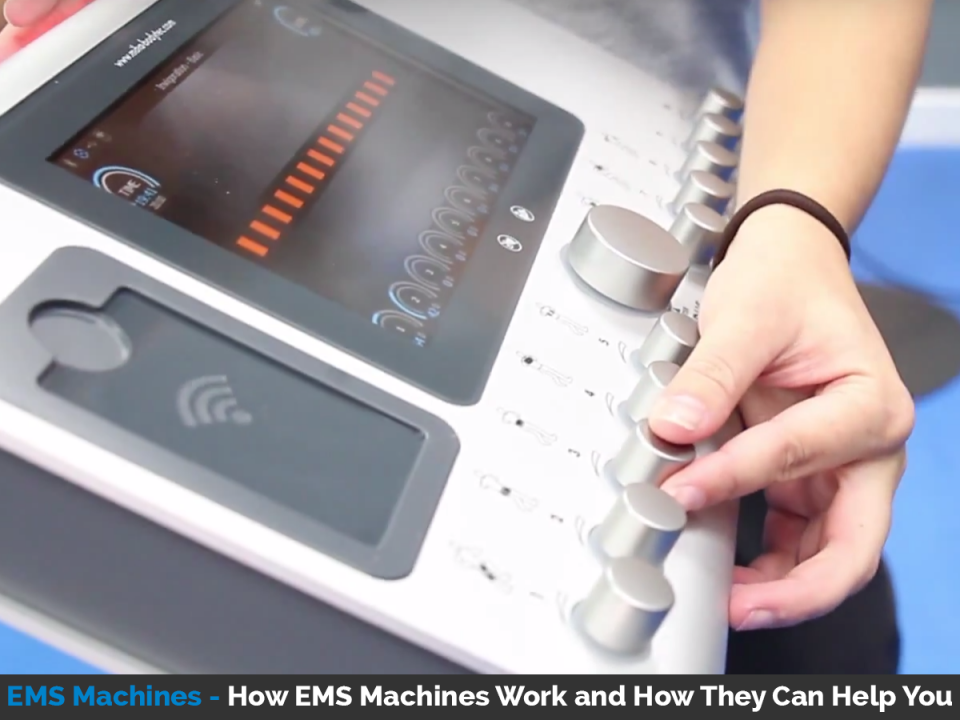
It’s No Longer Necessary to Build Muscle the Hard Way
November 22, 2017
What’s Your Number? Join the ”Member of the Year Transformation Challenge”
January 10, 2018Although its underlying principle was applied only quite recently as the basis for developing the EMS machine, the phenomenon known as electro-muscular stimulation was first observed almost 240 years ago. In 1780, an Italian physician named Luigi Galvani discovered that when an electric current was applied to the leg muscle of a dead frog, this caused it to contract. His observation led, in time, to the realisation that normal muscular activity was also the result of an electric current. In this case, a chemically generated electrical current, often referred to as bioelectricity, that is conducted along the nervous system to the appropriate muscle group. Where the objective is to perform physical work, that stimulation is implemented voluntarily, whilst in the case of shivering or one’s heart beating, such contractions are completely involuntary in nature.
Simply put, the purpose of an EMS machine is to invoke involuntary muscular contractions on demand, and because the output of these devices is adjustable, it is possible to control both the number and the power of the contractions that will be induced in a given time. Unlike Doctor Galvani’s pioneering post-mortem efforts, however, the stimulation provided by the devices is achieved by a non-invasive procedure. To achieve the desired effect, one only requires an electrode pad to be positioned against the area of the skin immediately above the muscle that is to be stimulated, but what is the purpose of this stimulation?
The EMS machine was originally designed to assist those recovering from sports injuries, by simulating the effect of physical exercise, but with none of the potentially-damaging straining and stressing that is inevitable when undergoing conventional training workouts. In fact, this technique can still be used by subjects who are unable to manage conventional methods at all.
The next obvious step in the evolution of this technology was its adoption as a standard workout routine by professional athletes from all sporting disciplines, including weightlifters and bodybuilders. Still the favourite of many pros, today electro-muscular stimulation is also creating a lot of excitement among the general fitness community. The reason for this excitement is not hard to understand. Unlike conventional exercise that requires a single, sustained contraction repeated a few times, the EMS machine delivers a pulsed current that gives rise to multiple contractions.
Because of this, electro-muscular stimulation sessions can normally be limited to around 20 minutes a week, yet still result in 150 times more contractions than conventional resistance training. Furthermore, Body20 studios compile a personalised and supervised programme for each individual, which can be designed to tone up, build muscle, lose weight, reduce cellulite or rehabilitate following an injury, as appropriate.


